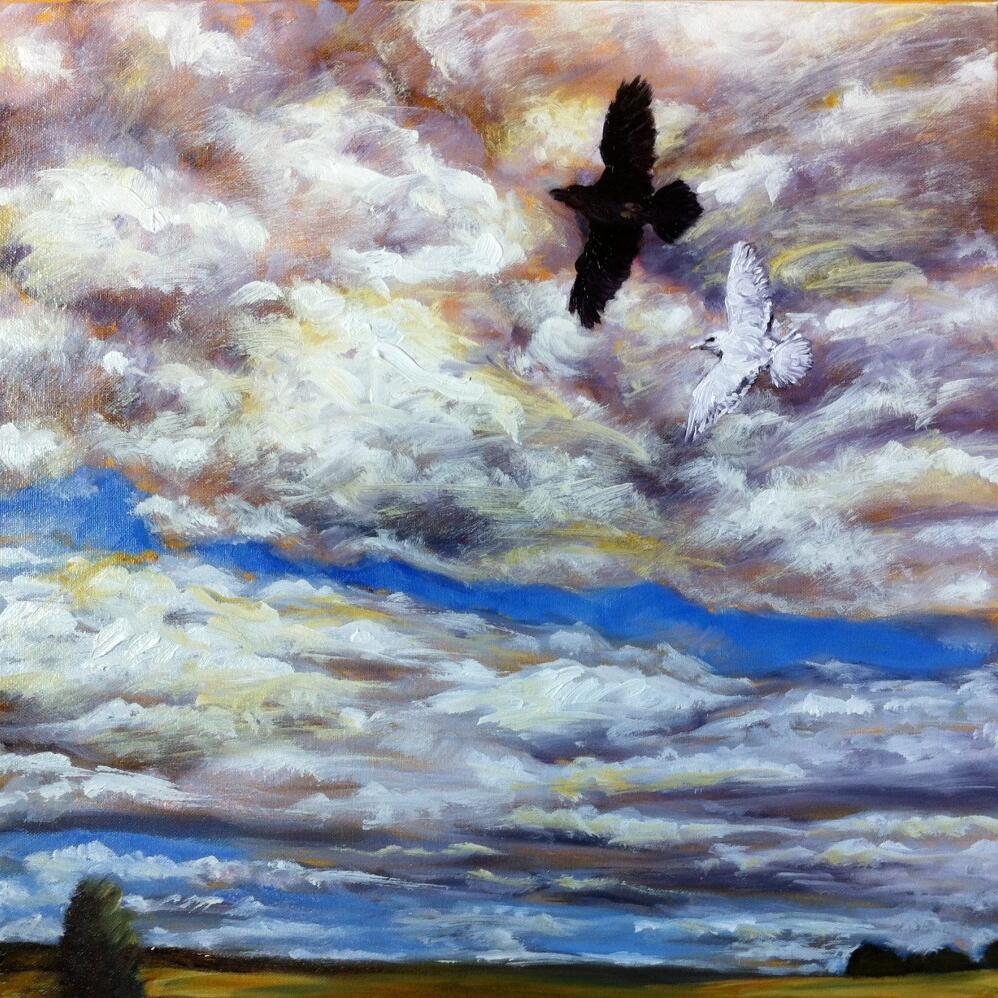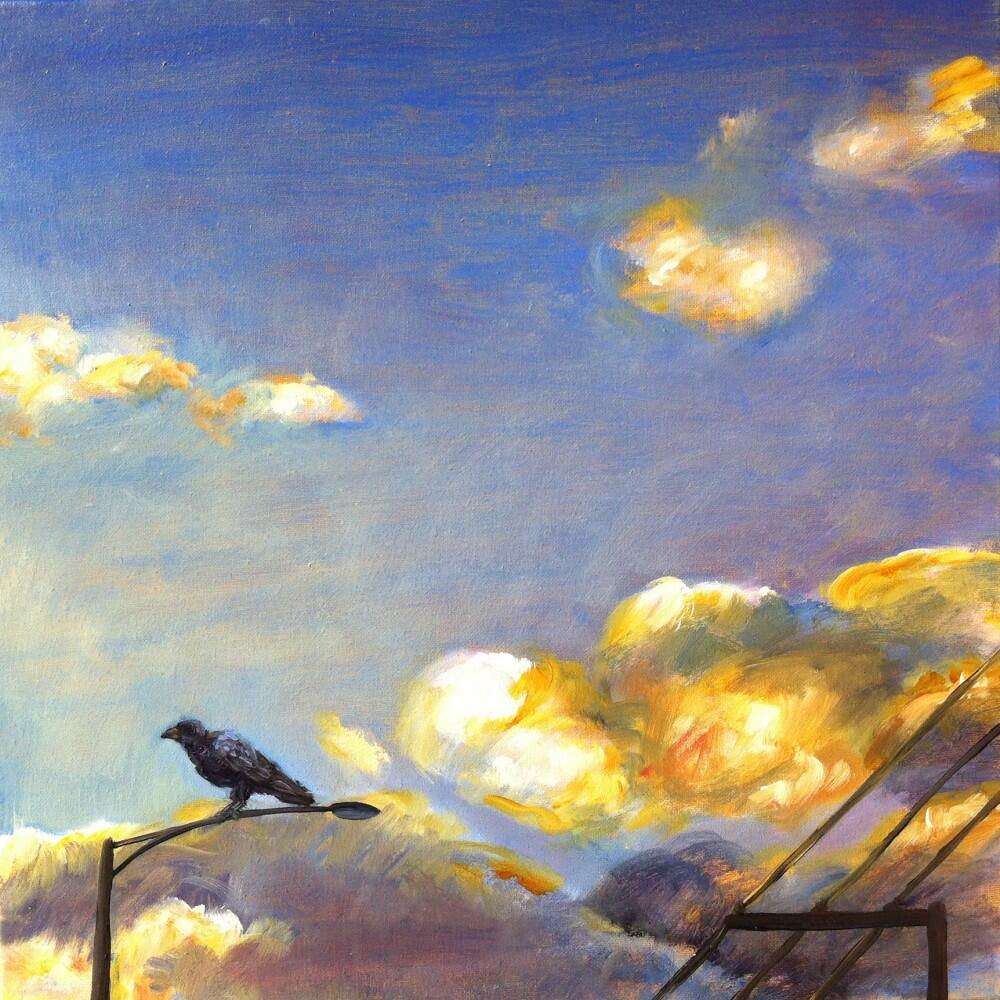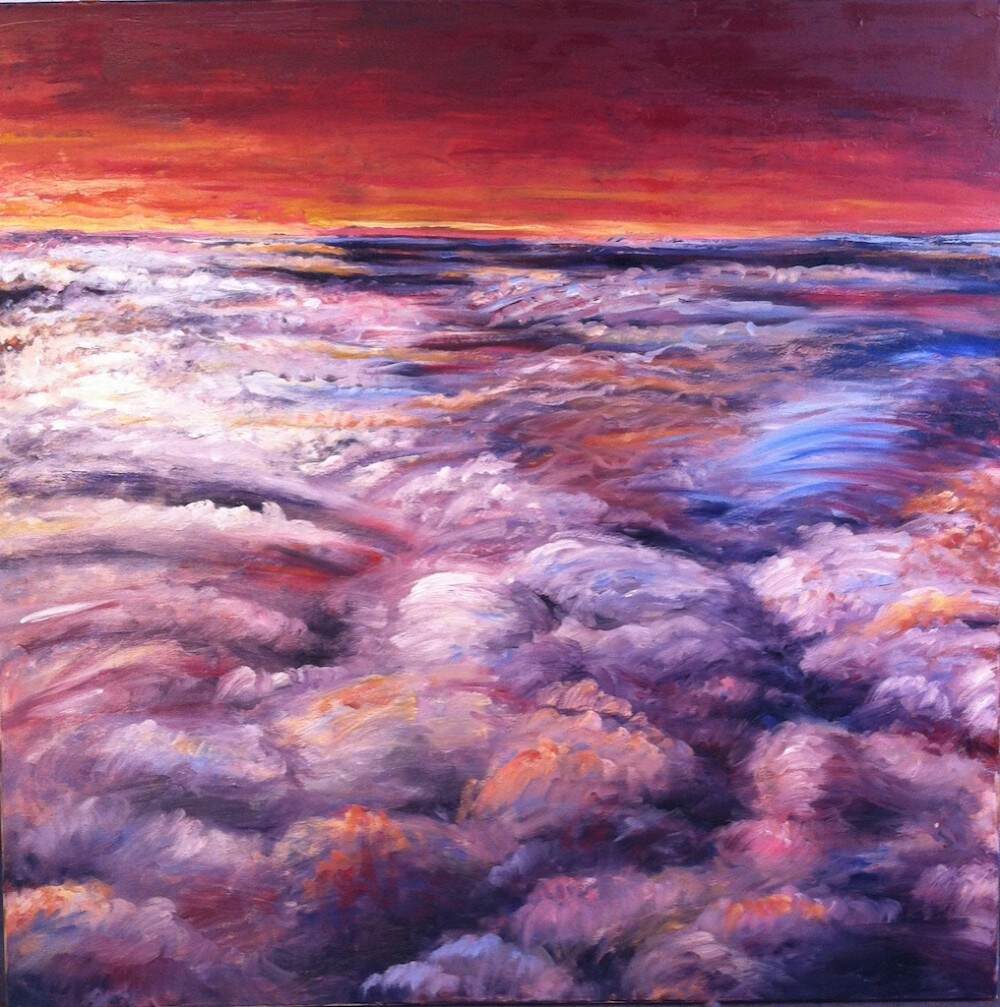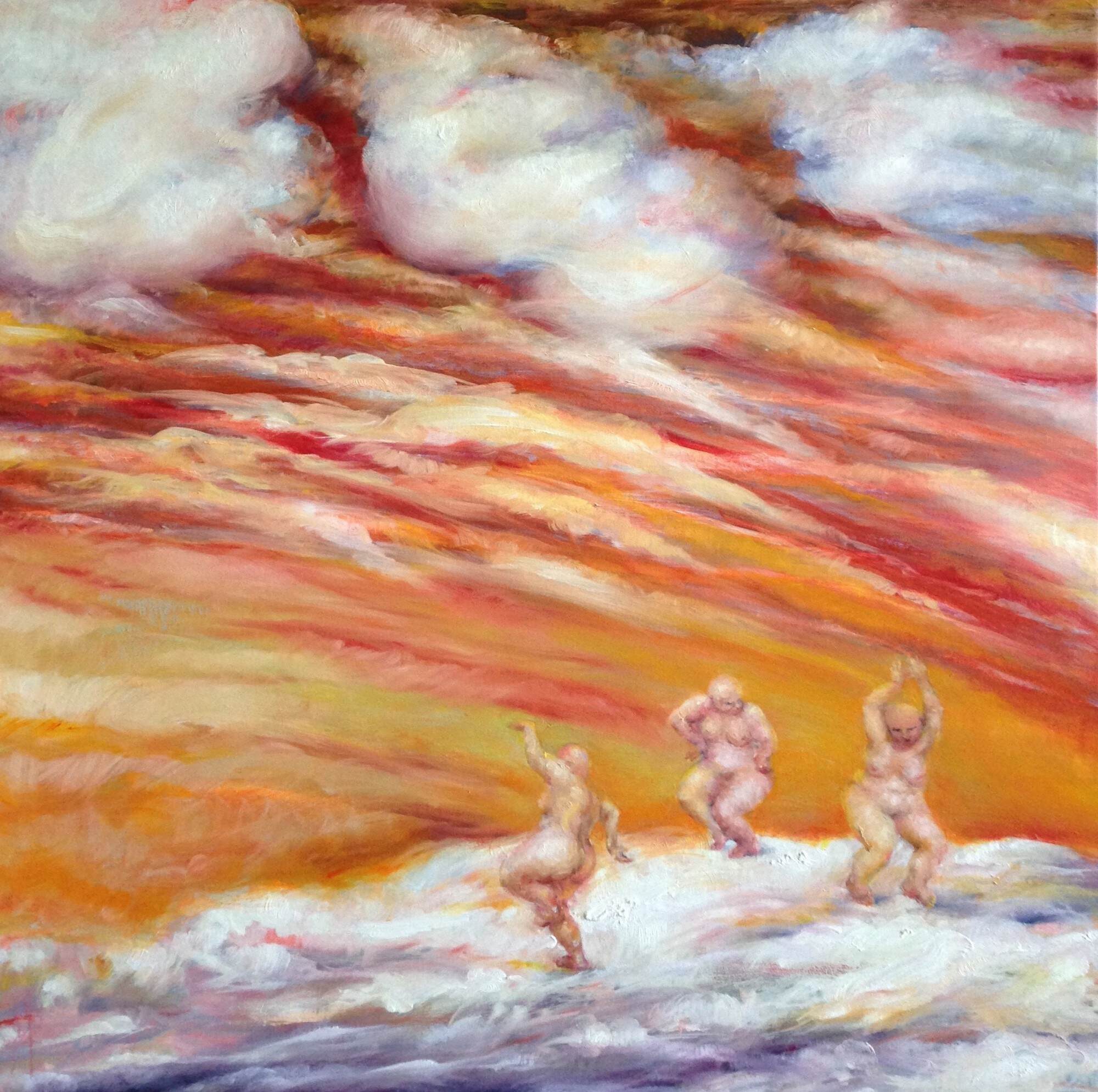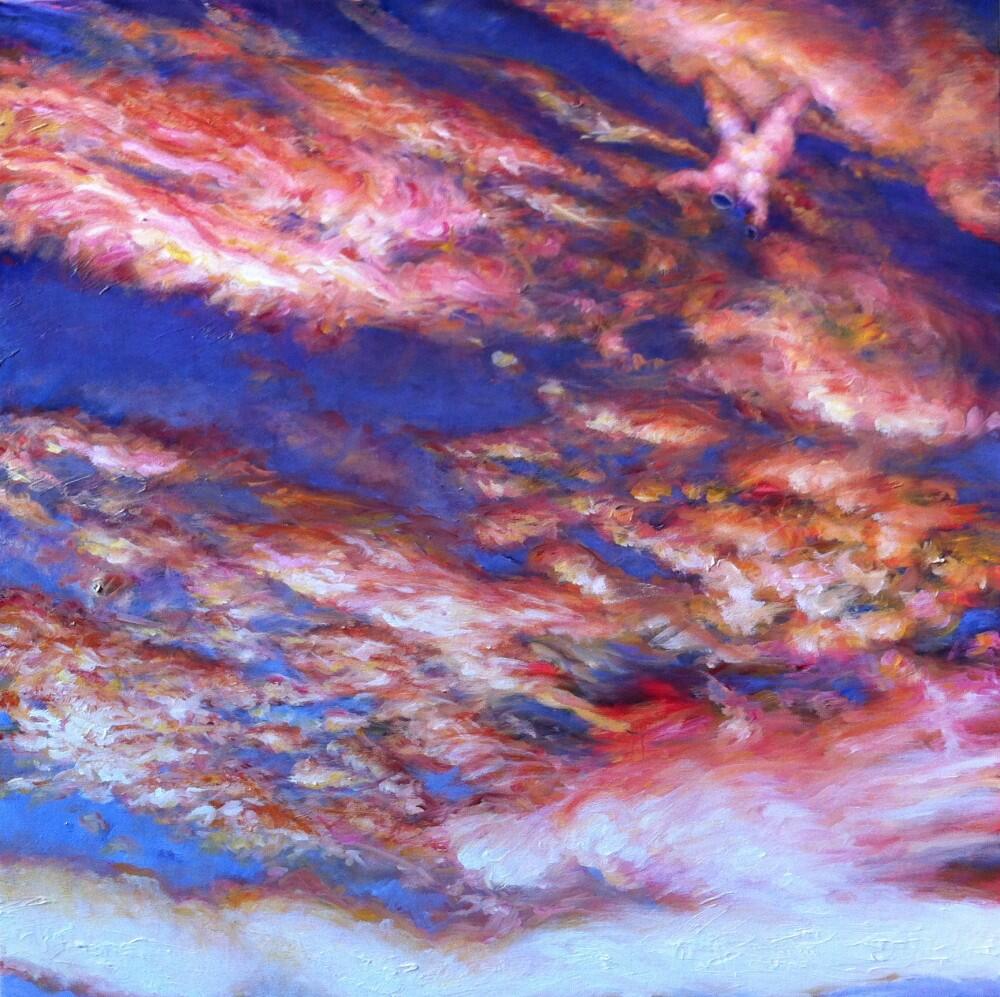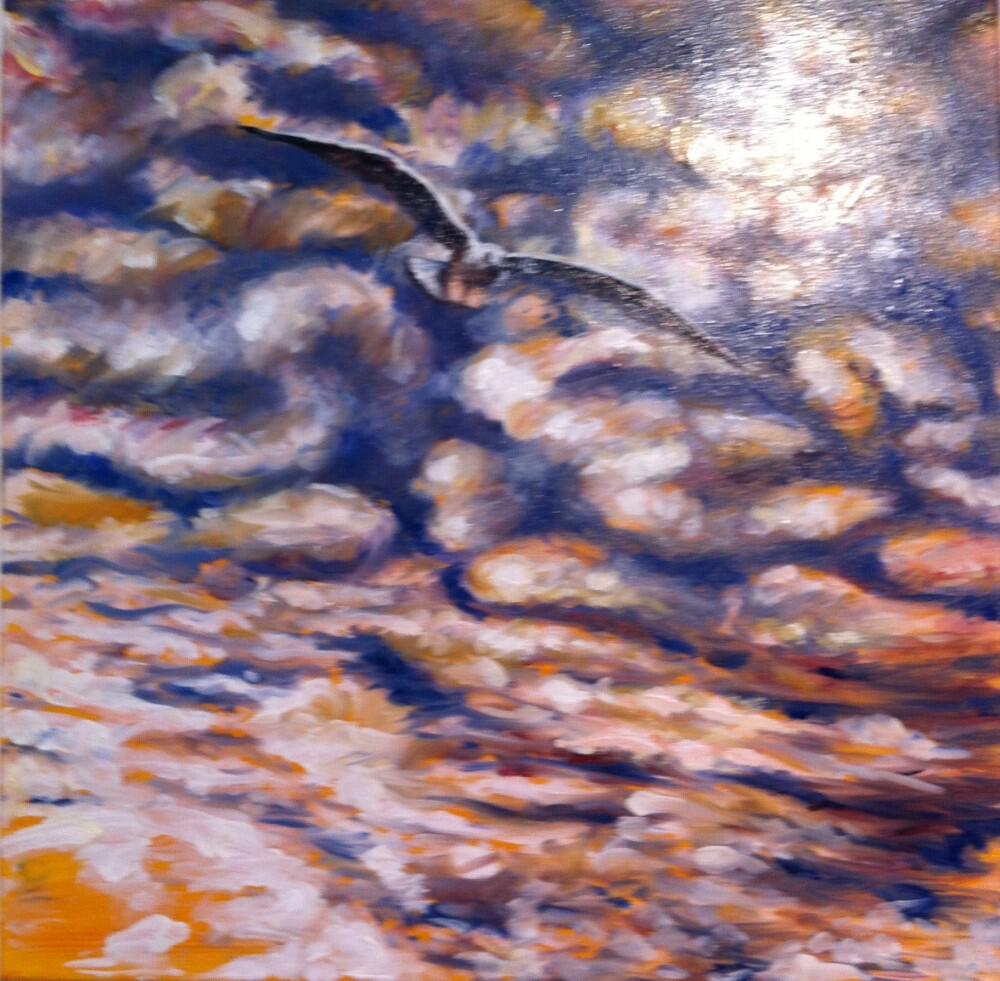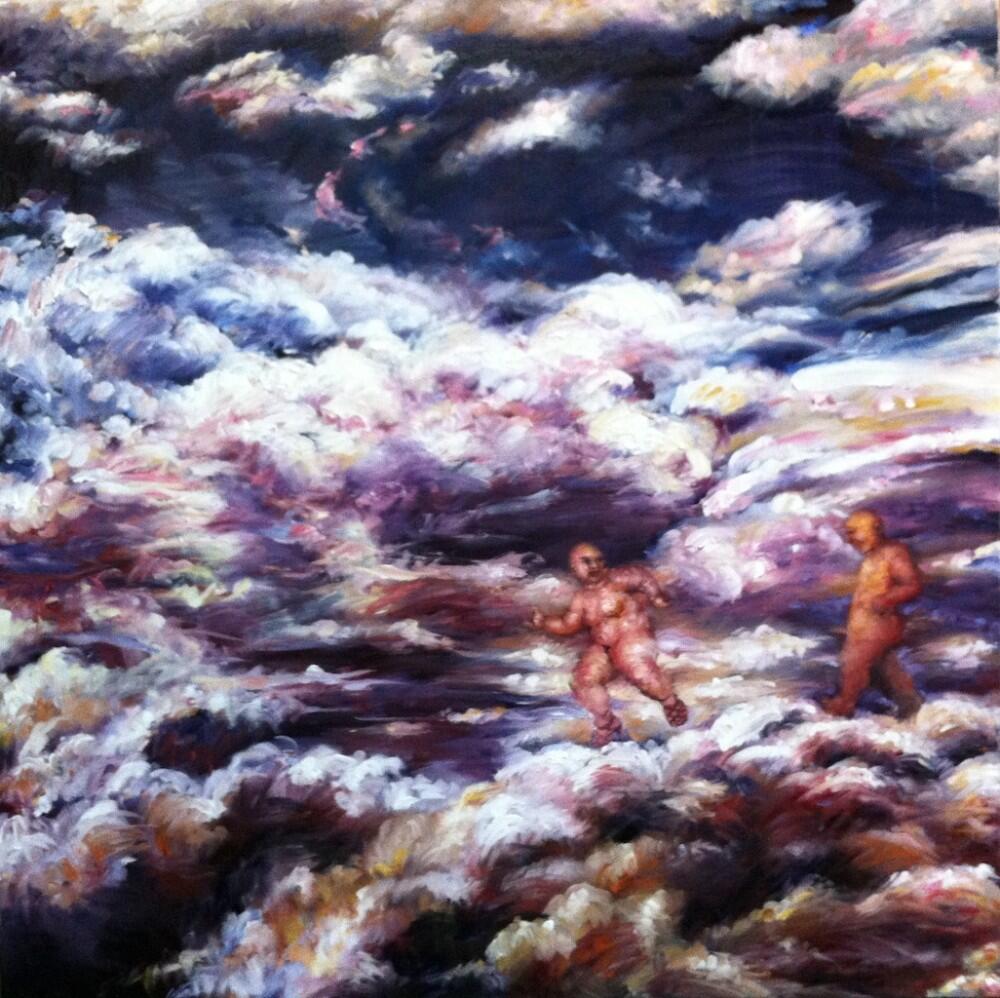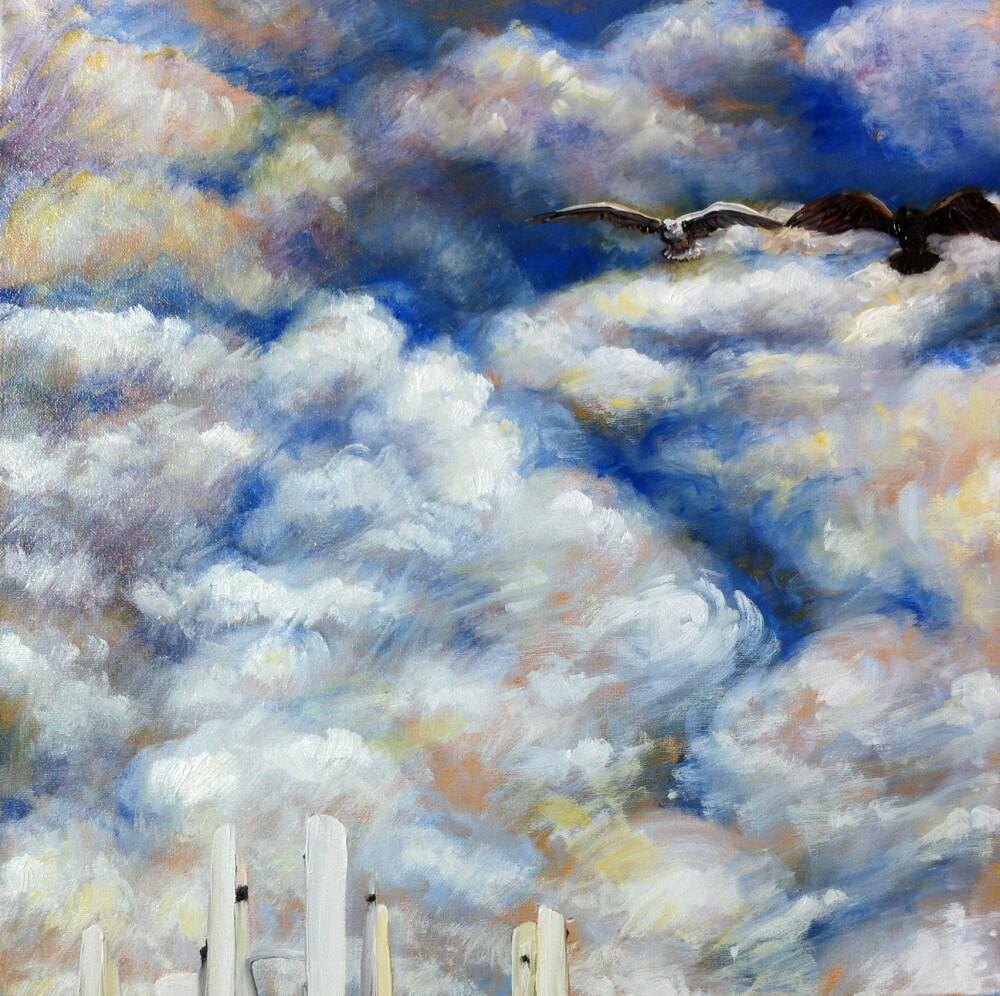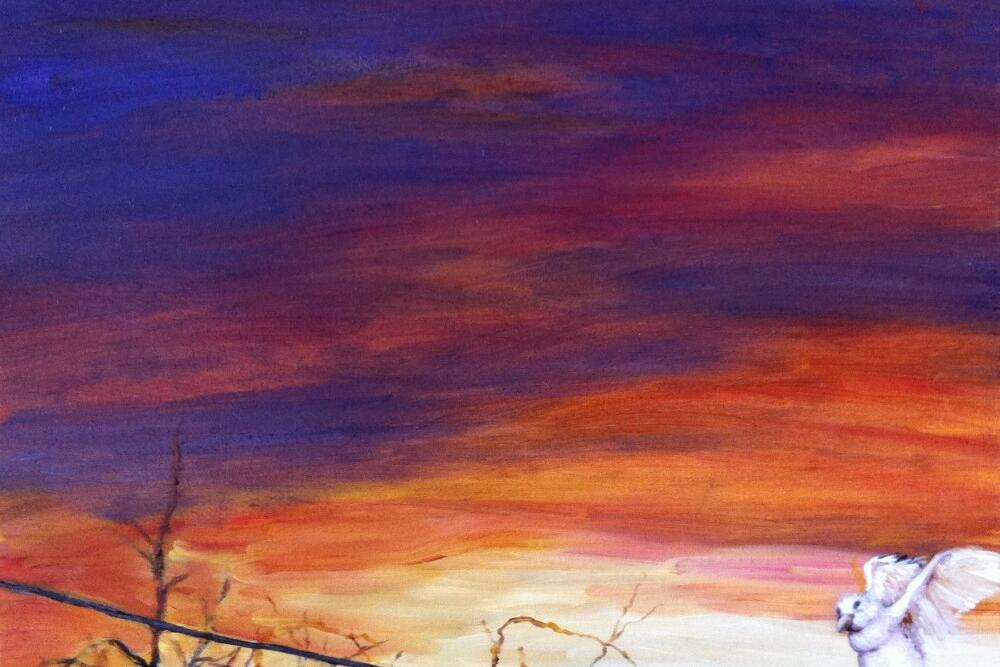
About me
The mark may be a point, a line or a smear. It may be loaded with colour, or be heavy or fine. Most importantly, it carries the warmth and intimacy of a personality. When I encounter it, I can imagine what it must have felt like to throw oneself behind the making of that mark. A mark gives me a physical sensation, a feeling and empathy with the soul of the art maker. I believe we can know a person by the mark she makes.
As mark makers, charcoal and paint are the simplest and most malleable of art material. They offer the most imaginative scope for the artist and the spectator. Moving around a bit of charcoal dust or paint can elicit a volume, a mass and an object. I don’t know if it is possible to know that a dot of pink paint is also the tip of a nipple at the same time. Or if we switch between perceiving the pink paint and seeing the tip of the nipple, going back and forth between the two ways of knowing. The moment when one becomes the other, when paint becomes meaningful object (and vice versa) is what excites me about making and looking at art.
Making marks is a creative act, entailing choices. An artist makes a drawing or a painting by personal and intuitive means. She doesn’t always know why marks insist on being put down. Rational facilities are often put aside in service of the marks. Sometimes thoughtfulness about where to place marks is necessary and the artist uses her store of knowledge and expertise. Mostly, though, she needs to know when to switch between intuitive action (letting the marks tell her what to do) and expertise (technical decisions). Making art is a creative activity in that it necessitates switching between two modes of being, intuitive and analytical.
Looking at art is also a creative act. Like the artist, the spectator switches between the microcosm (marks) and the macrocosm (whole picture/objects). Marks and objects elicit memories, feelings and thoughts in the spectator. The spectator obeys her drive for meaning and structure to form her own responses to the work. That response belongs to the spectator. There is no right or wrong way to respond to an artwork because seeing is a creative act. And creative acts have no answers, only possibilities.
Education
2017 Master of Educational Psychology, University of Melbourne (first class honours)
2014 Postgraduate Diploma in Psychology, University of Melbourne (first class honours)
2013 Graduate Diploma in Psychology, University of Melbourne
1999-2002 Master of Art Therapy, La Trobe University
1988-1989 Canberra School of Art, ACT
1985 Art Students' League, New York
